Beauty Beyond Borders: Exploring Global Trends and Influences
Introduction
In an interconnected world, the notion of beauty transcends geographical boundaries. What is deemed beautiful in one culture may be entirely different in another, shaped by diverse histories, traditions, and socio-political contexts. The global beauty industry, worth billions, is a testament to this ever-evolving landscape, with trends frequently crossing national and cultural borders. This article seeks to delve into the global influences that shape contemporary beauty standards, examining how cultural exchanges, historical contexts, and technological advances contribute to the diverse palette of beauty we witness today.
The Historical Lens of Beauty
Throughout history, beauty standards have evolved significantly across different civilizations. Ancient Egyptians, for example, adorned themselves with kohl eyeliner, not only for aesthetic reasons but as a protective measure against the sun’s glare. Meanwhile, in the Renaissance, European ideals of beauty were often characterized by fuller figures, reflecting prosperity and fertility.
East vs. West: Diverging Beauty Ideals
Beauty standards often diverge starkly between Eastern and Western cultures. In many Western contexts, a slim physique has been historically idealized, influenced by the likes of fashion icons and media portrayal. Conversely, in parts of Africa and the Pacific Islands, a fuller figure is often associated with health, wealth, and fertility. As globalization accelerates the flow of ideas and values, these diverging ideals are beginning to influence each other more than ever before.
Modern beauty trends are increasingly embracing this dialogue. The popularization of body positivity movements aims to challenge the narrow definitions of beauty set by traditional Western paradigms, promoting acceptance of diverse body shapes and sizes.
Cultural Exchanges and Globalization
The Role of Media and Celebrity Culture
Media has played a pivotal role in the global dissemination of beauty standards. With the rise of social media platforms like Instagram and TikTok, individuals around the world can share their interpretations of beauty, impacting global trends. Beauty influencers from various backgrounds are at the forefront of this evolution, challenging monolithic standards and promoting varied aesthetics.
For example, the Korean Beauty (K-Beauty) phenomenon illustrates how cultural products can transcend borders. The global rise of K-Beauty is not merely about skincare products but reflects deeper cultural narratives—emphasizing the importance of skincare in achieving a flawless complexion, which is highly valued in South Korean culture. This global phenomenon invites Western consumers to adopt new practices and aesthetics, bringing new perspectives on self-care.
The Influence of Global Brands
Global beauty brands have also taken note of the diverse beauty narratives emerging from different cultures. Many now prioritize inclusivity, offering products that cater to a variety of skin tones, types, and cultural preferences. Rihanna’s Fenty Beauty, for instance, was groundbreaking in its extensive foundation shade range, celebrating diversity and setting a new benchmark in the industry. Such initiatives reflect a broader understanding that beauty is multifaceted and culturally specific.
The Intersection of Technology and Beauty
The Digital Revolution
Technological advancements, especially in the realm of social media and digital marketing, have changed the way beauty trends are disseminated and consumed. Viral trends, such as the “glass skin” look inspired by K-Beauty or the “no-makeup makeup” trend that emerged from beauty influencers, highlight how quickly ideas can spread across cultures.
Beauty apps and augmented reality (AR) technologies are also reshaping how consumers interact with beauty products. Virtual try-on features allow users to experiment with different looks, irrespective of their geographical location, democratizing beauty exploration.
Sustainability and Ethical Consumption
The intersection of technology and beauty is also evident in the rising demand for sustainability in products. Consumers are increasingly informed about the environmental impact of their choices, leading to a rise in brands that prioritize ethical sourcing and eco-friendly packaging. This trend is globally relevant and speaks to a collective desire for conscious consumption.
Regional Trends and Influences
The Impact of Traditional Practices
Regional influences play a crucial role in shaping global beauty trends. For instance, traditional practices like Ayurveda from India, TCM (Traditional Chinese Medicine), and indigenous beauty rituals are gaining traction worldwide. These practices underscore the importance of holistic beauty—emphasizing health and well-being alongside aesthetics.
The rise of herbal skincare products, often inspired by these ancient traditions, illustrates a growing trend toward natural beauty solutions. This is particularly evident in the increased interest in organic and plant-based ingredients, which align with global movements toward wellness and sustainability.
Cultural Festivals and Beauty Pageants
Cultural festivals and beauty pageants also provide a platform for showcasing regional beauty standards. Events like Miss Universe and Miss World often feature contestants who embody their cultural ideals, offering a juxtaposition of global and local beauty narratives. These platforms can help elevate traditional beauty standards while also accommodating modern interpretations, creating a dynamic interplay between the two.
The Role of Feminism in Beauty Standards
Redefining Beauty Through Feminism
The feminist movement has significantly influenced how beauty is perceived and experienced. Women’s empowerment initiatives seek to dismantle traditional beauty norms that often pressure individuals to conform. Movements such as #MeToo and the body positivity movement challenge the objectification of women and promote a more inclusive understanding of beauty—one that celebrates individuality rather than conformity.
Intersections of Race, Gender, and Culture
Discussions around beauty are also becoming more inclusive, incorporating perspectives from various racial and cultural backgrounds. This intersectionality is crucial in understanding how beauty standards can perpetuate systemic inequalities. Makeup brands are increasingly called upon to represent diversity not just in their product lines but in their marketing materials and corporate practices.
Future Directions in Global Beauty
The Rise of Inclusivity
Inclusivity is likely to remain at the forefront of beauty trends. As consumers become more vocal about their desires for representation, brands will need to reflect a more diverse range of beauty narratives. This includes not just skin tones but also body types, age, gender identities, and cultural backgrounds.
Global Collaborations
Collaboration across borders will likely intensify as brands seek innovative ways to connect with diverse markets. Partnerships between brands from different countries can lead to the blending of beauty rituals, styles, and product offerings, further enriching the global beauty tapestry.
The Continued Influence of Social Media
As social media continues to evolve, its influence on beauty trends will only grow. The rise of platforms like TikTok has shown how quickly trends can go viral and how diverse voices can find a global audience. As the digital landscape continues to change, it will be interesting to observe how beauty standards adapt and evolve.
Conclusion
Beauty is a complex and evolving concept, enriched by the myriad cultural influences that shape our perceptions. As we navigate this dynamic landscape, it becomes increasingly clear that beauty is not a singular definition but a spectrum of expressions. The globalization of beauty standards has opened doors for cross-cultural exchanges, allowing us to appreciate and celebrate diversity in all its forms.
Moving forward, the beauty industry must continue to embrace inclusivity and sustainability while recognizing the rich cultural tapestries that inform our understanding of beauty. In doing so, we will create a more equitable and diverse world, recognizing that beauty truly knows no borders.
References
- [Author Last Name, First Name]. (Year). Title of Book/Article/Source. Publisher/Journal.
- [Author Last Name, First Name]. (Year). Title of Book/Article/Source. Publisher/Journal.
- [Author Last Name, First Name]. (Year). Title of Book/Article/Source. Publisher/Journal.
- [Author Last Name, First Name]. (Year). Title of Book/Article/Source. Publisher/Journal.
- [Author Last Name, First Name]. (Year). Title of Book/Article/Source. Publisher/Journal.
Note: While the references are placeholders, they should be replaced with actual citations as per your requirements and according to the sources you choose to include in your paper.















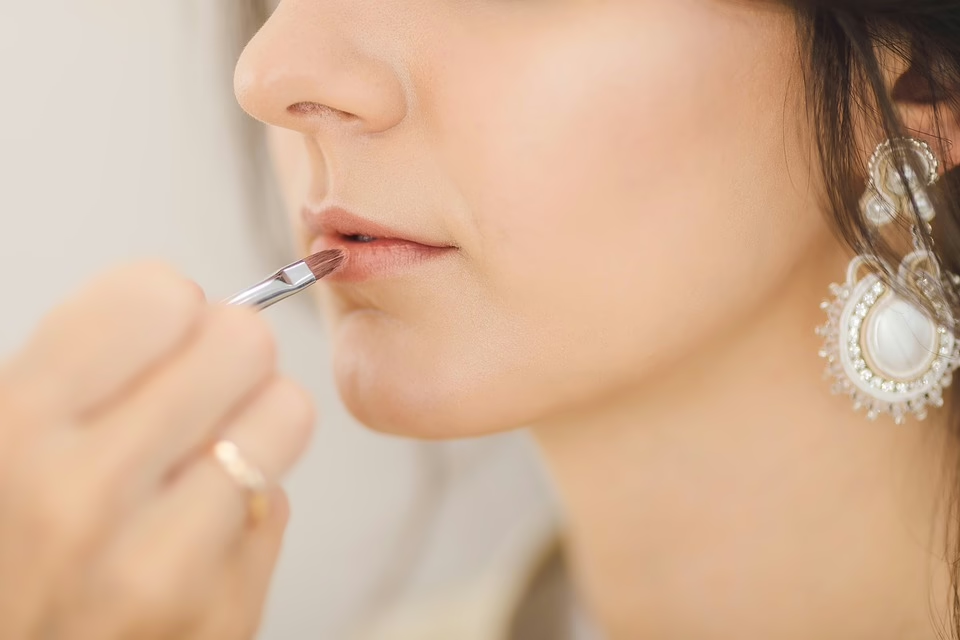
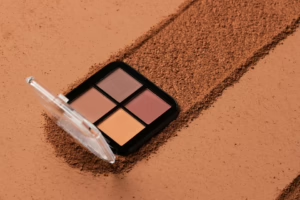

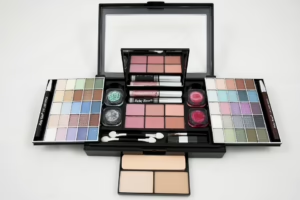
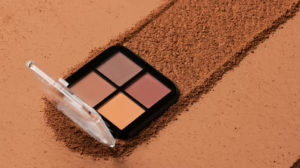

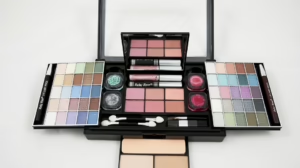




Add Comment